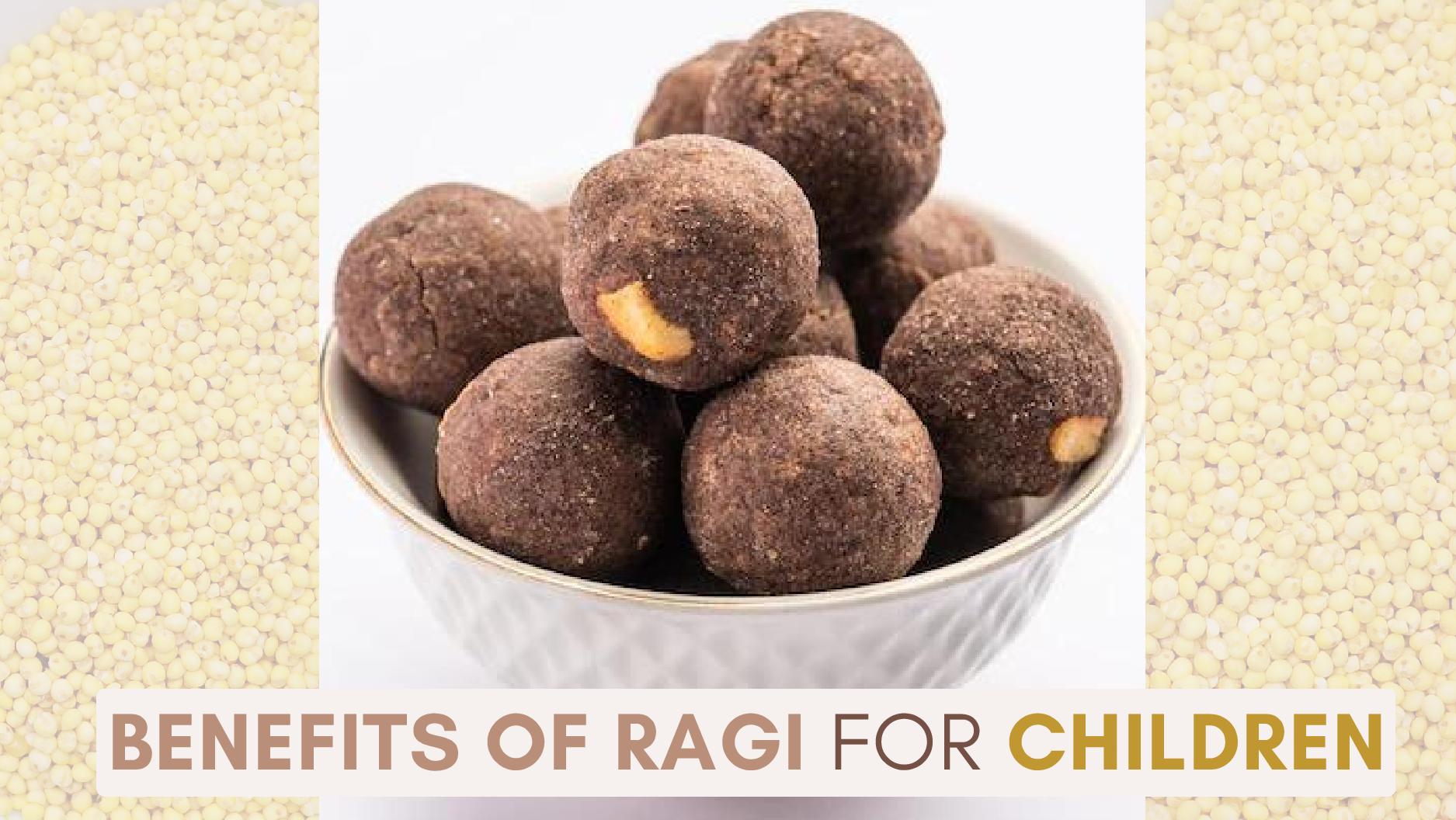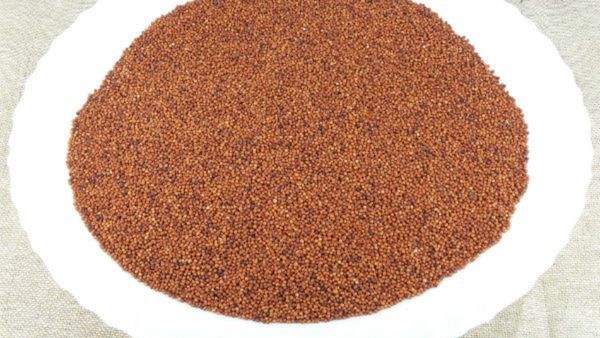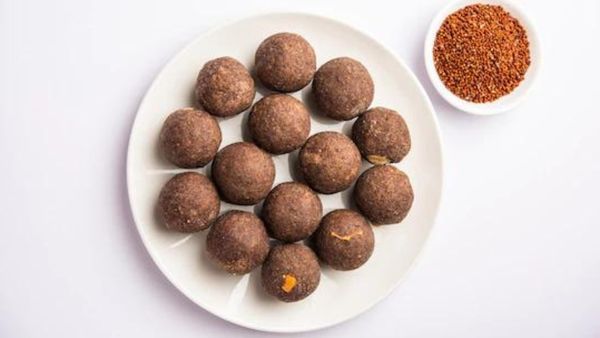Just In
- 4 hrs ago

- 4 hrs ago

- 8 hrs ago

- 14 hrs ago

Don't Miss
- Sports
 Pakistan vs New Zealand: PCB's Failure to Learn Lesson As Fans Continue To Suffer At Rawalpindi Cricket Stadium
Pakistan vs New Zealand: PCB's Failure to Learn Lesson As Fans Continue To Suffer At Rawalpindi Cricket Stadium - Finance
 1:10 Stock Split: Below Rs 10, Fertilizer Sector Turned Ex-Split; 8,282% Returns In 5 Years
1:10 Stock Split: Below Rs 10, Fertilizer Sector Turned Ex-Split; 8,282% Returns In 5 Years - Movies
 Pukaar Dil Se Dil Tak Promo: Sayli Salunkhe Impresses In First Video Of Sony TV Show, Details About Her Role
Pukaar Dil Se Dil Tak Promo: Sayli Salunkhe Impresses In First Video Of Sony TV Show, Details About Her Role - News
 Chinese President Xi Jinping Orders Biggest Military Reorganisation Since 2015
Chinese President Xi Jinping Orders Biggest Military Reorganisation Since 2015 - Education
 Exam Pressure Does Not Exist; Studying Punctually is Crucial; Says Aditi, the PSEB 2024 Topper
Exam Pressure Does Not Exist; Studying Punctually is Crucial; Says Aditi, the PSEB 2024 Topper - Automobiles
 Suzuki Swift Hatchback Scores 4 Star Safety Rating At JNCAP – ADAS, New Engine & More
Suzuki Swift Hatchback Scores 4 Star Safety Rating At JNCAP – ADAS, New Engine & More - Technology
 Dell Introduces AI-Powered Laptops and Mobile Workstations for Enterprises in India
Dell Introduces AI-Powered Laptops and Mobile Workstations for Enterprises in India - Travel
 Journey From Delhi To Ooty: Top Transport Options And Attractions
Journey From Delhi To Ooty: Top Transport Options And Attractions
Benefits Of Ragi For Children In Winter: Why Is Ragi Considered The Ultimate Winter Food?
The finger millet grain, also called Ragi, has a high fibre content and is filled with vitamins and minerals that are important for health.
Despite its small size, ragi is packed with carbohydrates, and because it cannot be polished or processed, it is consumed in its purest, unprocessed form.

It is also known by many other names in local languages, such as Ragi (Kannada, Hindi, and Telugu), Mandua/Mangal (Hindi), Kodra (Himachal Pradesh), Mandia (Oriya), Koovaraku (Kerala), Taidalu (Telangana), and Nachni in Marathi.
Ragi is an excellent part of any diet. As the temperature decreases, Ragi's specific properties make it a fantastic winter food, especially for children.
Benefits Of Ragi
Compared to many other crops, ragi is a whole grain that is rich in protein and minerals.
Anti-ageing properties: The seed coat of ragi is composed of phenolic acids and flavonoids, two classes of antioxidants with anti-ageing properties that are excellent free radical terminator supplements [1].
Good for diabetics: There are many benefits to eating ragi, including its high levels of dietary fibre and polyphenols, which are a significant improvement over maize, wheat, or rice. Because ragi balls are low in glycemic index, they maintain the digestive pace and reduce food cravings in diabetic patients. Substitute rice with ragi balls, and you will soon notice the difference [2].
Good for the bones: Compared to other grains, ragi contains a substantial amount of calcium. In fact, 100 grams (one hundred grams) of ragi contains 344 (three hundred and forty-four) milligrams of calcium [3].
Flushes out toxins: Having a high content of dietary fibres, ragi prevents blood vessels from getting clogged by toxins caused by improperly processed foods [4].
Treats anaemia: Anaemia caused by iron deficiency affects millions of Indian men, women, and children each year, leading to fatigue and low productivity. People with low haemoglobin levels in their blood can effectively treat anaemia by consuming ragi, a powerhouse of iron [5].

Why Is Ragi Considered The Ultimate Winter Food?
There are many health benefits to eating ragi during the winter months, including the ability to keep you warm for longer periods of time. Ragi has a low glycaemic index, which means that it will digest and break down slower than other foods, thereby keeping you comfortably warm in the cold, winter months [6].
Now, let's take a look at why and how ragi is beneficial for children, especially during winter.

Benefits Of Ragi For Children In Winter
Nutritional profile of ragi
In addition to all the macronutrients - carbohydrates, fibers, fats and proteins - ragi also contains notable levels of key micronutrients. Ragi contains good levels of cholesterol and sodium, which promotes heart health. Additionally, it contains significant amounts of vitamins C and E, which improve skin and hair health [7].
In addition to amino acids (leucine, isoleucine, phenyl alanine, methionine), ragi also contains vitamins B (niacin, B6), and folic acid.
Take a look at the health benefits of ragi for children.
1. Warms the body
As a result of ragi's lower glycaemic index compared to other foods, it takes the body a longer time to digest and break down than other foods, which helps keep you warm for longer [8]. As a result of this long process, you are assured that you will receive greater energy from a single meal than you will from other more typical starchy carb-based meals.
Consider adding ragi to your children's breakfast menu during the colder months.

2. A high fibre content
As a parent, you often become concerned about providing your children with proper nutrition. They often have difficulty digesting all kinds of foods. Ragi is the perfect food for children [9]. Ragi's fibre content helps them digest their food easily and prevents constipation. If your child experiences hunger pangs during the winter, fibre-rich foods are recommended as they take longer to digest.
3. Improves digestion
In winter, an upset stomach is most frequently caused by a rapid change in temperature, which can cause abdominal cramps. Ragi contains both soluble and insoluble fibre, so if you wish to avoid this problem, you should add ragi to your child's diet [10]. In addition to relieving constipation, this fibre promotes healthy digestion in the cold months by keeping the child full for longer hours.
When Is The Best Time To Consume Ragi?
Ragi is best consumed in the morning, because it is fibre-rich and its digestion is more complicated. It is not recommended to consume ragi at night, especially for those with digestive problems or gluten intolerances [11].
Side Effects Of Ragi
Despite its high nutritional content, ragi offers several health benefits to the body. However, excessive intake may cause health problems [12].
Excess consumption of ragi foods can cause the body's potassium levels to rise, leading to tingling sensations, nausea, and chest pain.

Those suffering from kidney disease should avoid ragi because of its high protein content, which makes it difficult for the body to absorb excessive amounts of protein.
Ragi is a slow digesting grain, so its excessive consumption can lead to constipation.
On A Final Note...
A superfood, ragi is recommended not just for children, but also for adults. Lactating mothers are also encouraged to consume ragi regularly, particularly when it is green. It contains iron, calcium, and protein components that are important for the growth of a baby.
-
 recipesInstant Ragi Recipe: How To Prepare Sweet Ragi Malt
recipesInstant Ragi Recipe: How To Prepare Sweet Ragi Malt -
 recipesHealthy Breakfast For Diabetic Moms: How To Prepare Drumstick Leaves Ragi Chapati
recipesHealthy Breakfast For Diabetic Moms: How To Prepare Drumstick Leaves Ragi Chapati -
 diabetesAre Millets Good For People With Diabetes?
diabetesAre Millets Good For People With Diabetes? -
 recipesRagi Ka Halwa Recipe For Dessert
recipesRagi Ka Halwa Recipe For Dessert -
 recipesRagi Rotti Recipe
recipesRagi Rotti Recipe -
 recipesBuckwheat Dhokla Recipe: How To Prepare Buckwheat Dhokla At Home
recipesBuckwheat Dhokla Recipe: How To Prepare Buckwheat Dhokla At Home -
 recipesHalbai Recipe: How To Make Karnataka-style Halwa
recipesHalbai Recipe: How To Make Karnataka-style Halwa -
 recipesBarley Ragi Chocolate Butter Cookies
recipesBarley Ragi Chocolate Butter Cookies -
 recipesRagi Buttermilk Recipe: How To Make Ragi Majjige
recipesRagi Buttermilk Recipe: How To Make Ragi Majjige -
 nutrition10 Surprising Health Benefits Of Ragi (Finger Millet)
nutrition10 Surprising Health Benefits Of Ragi (Finger Millet) -
 healthExclusive: On World Autism Day 2024, Let Us Empower Parents With Positive Strategies For Autism Care
healthExclusive: On World Autism Day 2024, Let Us Empower Parents With Positive Strategies For Autism Care -
 insyncNational Girl Child Day 2024: Wishes, Greetings, Messages, Images, FB And WhatsApp Status
insyncNational Girl Child Day 2024: Wishes, Greetings, Messages, Images, FB And WhatsApp Status


 Click it and Unblock the Notifications
Click it and Unblock the Notifications



